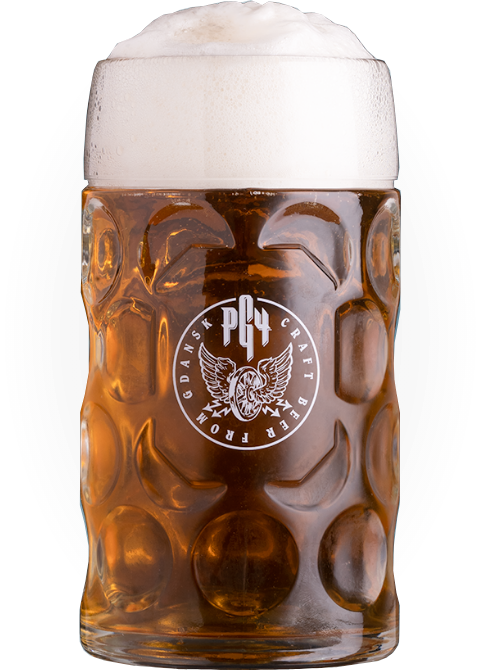Jopenbier - a unique experience
05/09/2024
Jopenbier is more than a beer. It's a remarkable story and an amazing experience. A unique treat not only for beer enthusiasts.
Jopenbier is a traditional Danzig beverage that dates back to at least the 15th century. It is one of the most unique beers in the world, known for its exceptional density, dark color and very high extract content, which gives it a syrupy texture.
BEGINNING AND GROWTH
Jopenbier was brewed in Gdansk, which was one of the most important mercantile cities in Europe during the Middle Ages and early modern times. The beer was very strong, with an extract of up to 55°, meaning it was more of a syrup than a traditional beer. Its high sugar and alcohol content allowed it to be stored for a long time, making it an ideal export product.
Jopenbier was exported mainly to Scandinavian countries, but also to other parts of Europe. It was considered a luxury product, consumed primarily by the wealthier classes of society.
Thanks to its qualities, it was also used to refine other beers and to flavor tobacco. It was added to soups. Moreover, it was also attributed with medicinal properties and used as a stomach remedy.
In history, we find links between Jopenbier beer and the famous Danzig scientist and entrepreneur Jan Hevelius. It was in his brewery that the best Danzig Jopenbier was supposedly brewed and aged in the cellar of the Old Town Hall.
There are at least two etymological hypotheses about the name Jopenbier. The first says to go back to the medieval name of a large wooden scoop ladle: Schuffe or Schope (in the form of a barrel with a perpendicularly fixed handle), with which hot water was poured over the malt and with which every brewer was obliged to carry firefighting assistance in case of fire emergency. From this the name Schuffenbier or Schopebier was said to have originated, changed over time to Jopenbier. The second hypothesis seems more convincing, linking Jopenbier (a beer valued for its warming and even inflammatory effects) with the name of a female, tight-fitting kaftan (German: Joppe), which is still known in some parts of Poland as jupka or jubka.
RECIPE AND PRODUCTION
The recipe for Jopenbier was closely guarded, and its production required specific conditions. It was brewed with a large amount of malt, which ensured a high sugar content and density. The beer fermented for several months and sometimes even years, which gave it a unique, rich flavor.
The fermentation process took place in open vats, which allowed specific cultures of yeast and bacteria to develop, which were responsible for the beer's distinctive characteristics. After fermentation, the beer was often aged in barrels, which further influenced the taste and texture.
TWILIGHT AND RENAISSANCE
Production of Jopenbier began to disappear in the 19th century with the decline of traditional brewing methods and the introduction of modern technologies. In addition, the decline in the importance of Gdansk as an important commercial center reduced demand for the beverage.
For many years, Jopa beer was virtually forgotten, but in the 21st century, with the renaissance of craft brewing, attempts to recreate this historic beverage have begun to emerge. The PG4 brewery, together with Prof. Jerzy Samp, conducted extensive research that led to the original Jopenbier recipe, which our certified brewer Johannes Herberg undertook to resurrect.
Jopenbier remains one of the symbols of Danzig's brewing tradition. Although it is no longer produced on a mass scale, its history and unique characteristics continue to attract interest.





